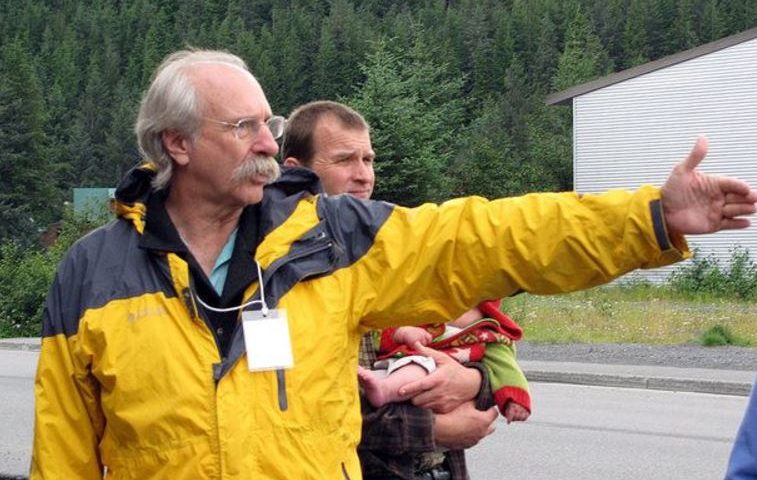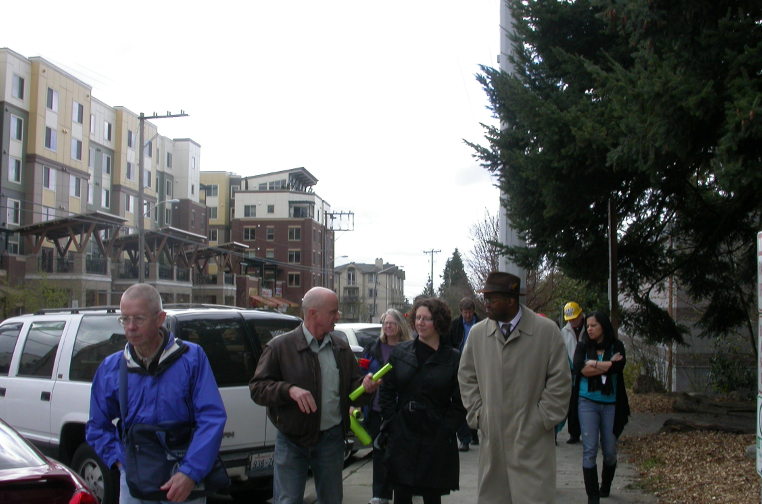Want to better your community but don’t know where to start? Enter It’s the Little Things: a weekly Strong Towns podcast that gives you the wisdom and encouragement you need to take the small yet powerful actions that can make your city or town stronger.
It’s the Little Things features Strong Towns Community Builder Jacob Moses in conversation with various guests who have taken action in their own places and in their own ways.
 Jacob Moses
Jacob Moses
 Dan Burden
Dan Burden
Have you ever considered how your neighborhood affects your health? At Strong Towns, it’s one of several questions outside of financial resiliency we ponder.
Not because we’re experts in public health—far from it. We know our core message—help communities not go broke—and will never claim to have expertise in public health.
However, since Strong Towns began as a modest blog, gradually growing to an international movement closing on 3,000 members(!), members who do work in public health often mention the correlation between the Strong Towns approach and creating healthy communities.
And, you know, we get it. Think about the five domains of health: genetics, environmental exposure, behavioral patterns, and healthcare. Your health is not solely dependent on how close you live to a hospital or clinic; instead, much of it depends on your neighborhood and the behavior it encourages (or discourages) as well.
Consider the following neighborhoods:
-
a neighborhood developed according to the suburban experiment model (AKA, the Growth Ponzi Scheme), where single-family neighborhoods are built to a finished state; its residents are reliant on their cars to get anywhere.
-
a neighborhood developed following the traditional development pattern, where people can comfortably walk or bike to the day’s needs.
Which neighborhood do you think would—by its design, without conscious effort to join a Crossfit gym or trendy diet—encourage a healthier lifestyle? Undoubtedly, it’s the neighborhood that follows the traditional development pattern.
(And the best part: the traditional development pattern is way more financially productive as well.)
In this episode of It’s the Little Things, we discuss the relationship between the Strong Towns approach and creating healthy communities. To give you insights into the health aspect of neighborhoods, we have Dan Burden, Director of Innovation and Inspiration at Blue Zones: a multifaceted organization that works with cities and towns across the country to help people lead healthier lives, especially in relation to their neighborhoods.
For over 40 years, Dan has worked in community and transportation planning—and, today, through Blue Zones, he helps communities create healthier places for their citizens.
You’ll learn how building healthy communities relates to building financially resilient communities—and how you can start building a healthier environment in your own community—including why we should take a Neighborhoods First approach to creating healthy communities, how to partner with local leaders to create a shared vision, and how Blue Zones can help throughout the process.
Top photo via Wikimedia Commons
Show notes:





